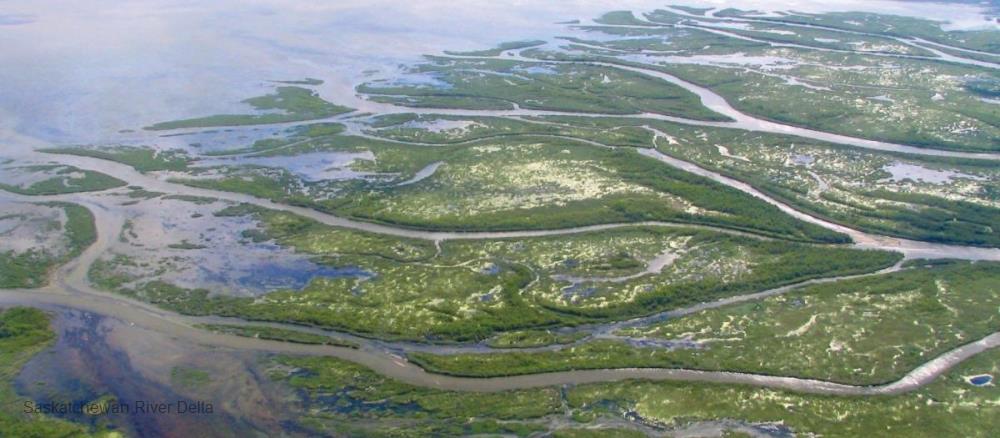
Related items loading ...
Section 1: Publication
Publication Type
Thesis
Authorship
McDonald R.
Title
Boreal Shield Peatland CO2 Exchange: A Multi-year analysis and post-wildfire recovery Assessment
Year
2021
Publication Outlet
McMaster University, Hamilton, Ontario. MacSphere
DOI
ISBN
ISSN
Citation
McDonald R. 2021. Boreal Shield Peatland CO2 Exchange: A Multi-year analysis and post-wildfire recovery Assessment McMaster University, Hamilton, Ontario. MacSphere.
Abstract
Peatland ecosystems are important as natural climate regulators for their capacity to store carbon over long-time scales. Carbon cycling in peatlands in the boreal ecozone of Canada has been more widely studied than the boreal shield of Ontario, where peat depths are thinner and peatlands spatially smaller. The reliance on fill and spill hydrologic connectivity makes the water table dynamics of peatlands in Ontario’s Eastern Georgian Bay (EGB) region of the Ontario shield ecozone sensitive to rain and drought periods. The drying of wetlands in the EGB region decreases moss productivity and increases the ecosystem’s vulnerability to wildfire through an increase in the water table depth. In an effort to understand how peatlands respond to interannual climate variability and wildfire, we examined the role of regional climate patterns on growing season CO2 exchange from an Ontario shield peatland and completed a post-wildfire assessment of CO2 exchange patterns in a recently burned peatland for the first and second year post-wildfire. Using the eddy covariance technique, we analyzed 5-years of growing season CO2 exchange data from 2016 to 2020 from an unburned peatland and 2-years of growing season CO2 exchange data from a burned peatland (2019-2020) in EGB. Plot-scale CO2 exchange measurements were also completed within the burned peatland jointly with abiotic variables and vegetation community surveys. Water table depth was identified as an important variable to explain total summer CO2 uptake (GPP) and net ecosystem exchange (NEE), where years of considerable rainfall maintained a water table near the peat surface and perpetuated high vegetation productivity. Summer total ecosystem respiration (ER) was greatly influenced by preceding winter and spring air temperature, with warmer winter air temperatures leading to summers of increased total ER. Warmer winter air temperatures also initiated water flow across the landscape, thus reviving plant and microbial activity following snow cover. These findings have important implications for the function of these shallow Ontario shield peatlands in a warming climate, where decreased water availability with projected increased temperatures and evapotranspiration leaves peatlands at risk of a net loss of C over the summer with lower water table. In the burned landscape, there was lower GPP in the summer (2019) compared to the wet summer of 2020, however the burned landscape continued to act as a net CO2 sink for the summer season of both years. The rapid recovery of vegetation across the wildfire-disturbed landscape has important implications for the function of these peatlands over time, with the ability for continued carbon uptake and reinstating peat accumulation processes.
Plain Language Summary
Section 2: Additional Information
Program Affiliations
Project Affiliations
Submitters
Publication Stage
N/A
Theme
Presentation Format
Additional Information
Masters, McMaster University, Boreal-Water-Futures-2


 GWFNet
GWFNet Master
Master Data
Data Research
Research Map
Map
 Advanced
Advanced Tools
Tools
 . . .
. . .
 Metadata Editor
Metadata Editor
 Record List
Record List
 Alias List Editor
Alias List Editor
 Legacy sites
Legacy sites